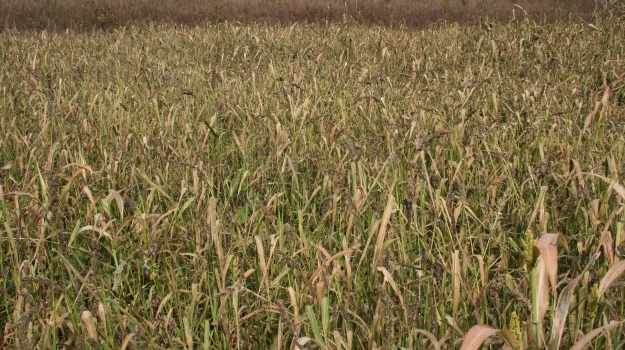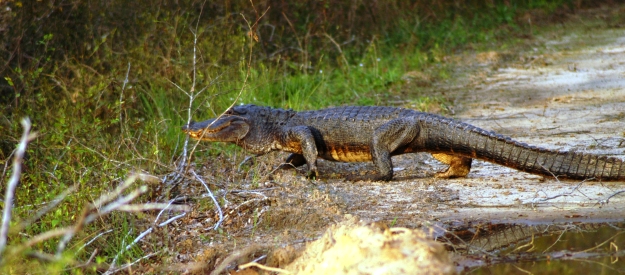
In our last webbed-foot article we learned from Neill Haas about the importance of controlling beaver dams in order to regulate water supply on and off fields. This week, Austin Delano goes into detail about how to effectively plant those fields to attract migrating fowl.
“When planting for ducks, the main thing to remember is timing,” said Delano. “Concentrate on planting millet, sorghum, corn and rice. Keep in mind that corn is probably the most expensive to grow, so guys on a budget should look to millet and sorghum. Here at BioLogic, we have a blend called Guide’s Choice, which is a very economical choice for duck planting. Getting the water off the field at the right time in order to do the proper soil preparation is crucial. You need to develop a plan that will give you time to work the soil, plant the field and keep the water off the field until you’re ready to flood it again. Obviously, you can’t plant when you have 18-inches of water covering the field.
“Once your crop is up and going you need to give it time to mature before you put the water back on it. Again, timing is everything. When you’re ready to put the water back on, be sure to keep in mind that most duck impoundments are typically between 6 and 18-inches deep. You want shallow impoundments where the ducks can feed.”
To provide the wildlife on your land the very best in wildlife forages, visit plantbiologic.com. We understand why you land and critters are important to you and you can trust Biologic to provide the highest quality, scientifically proven wildlife products available.



























